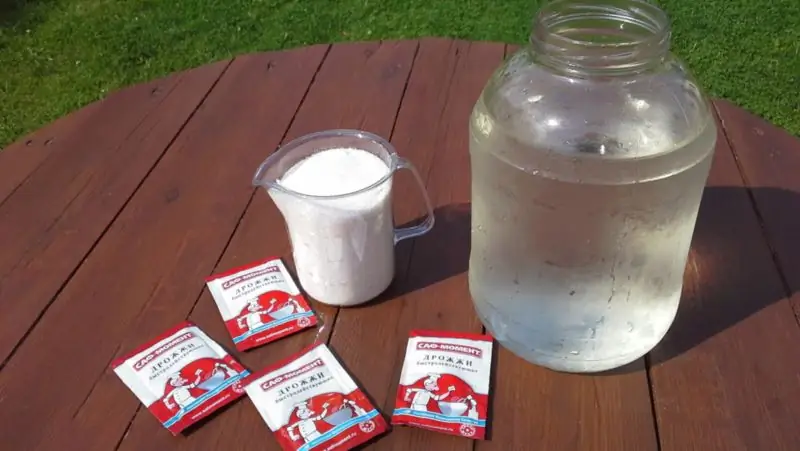
Table of contents:
- Author Bailey Albertson [email protected].
- Public 2023-12-17 12:53.
- Last modified 2025-06-01 07:32.
How to feed seedlings with yeast and is it worth doing at all
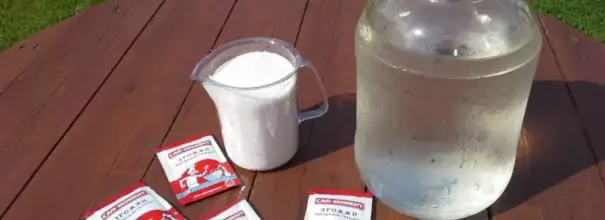
Well, why can't our gardeners just buy ready-made fertilizer and water the seedlings according to the instructions? Curiosity, a thirst for experimentation and a desire to grow organic vegetables lead to the fact that the means not intended for this are in the seedling pots. One of them is baker's yeast.
Content
-
1 What yeast gives seedlings: good and bad
1.1 Video: about the benefits of yeast
-
2 Rules for feeding
- 2.1 Recipes, methods of preparation, dosages (table)
- 2.2 Video: feeding with yeast seedlings of peppers
- 3 Reviews of yeast feeding
What yeast gives seedlings: good and bad
Everyone knows that yeast is a living single-celled fungus. Getting into pots with seedlings, they begin to feed on the organic matter available there, while emitting carbon dioxide and a whole range of elements useful and useless for plants into the soil. The life of fungi is short - on average 1-10 days, depending on living conditions and the availability of food.
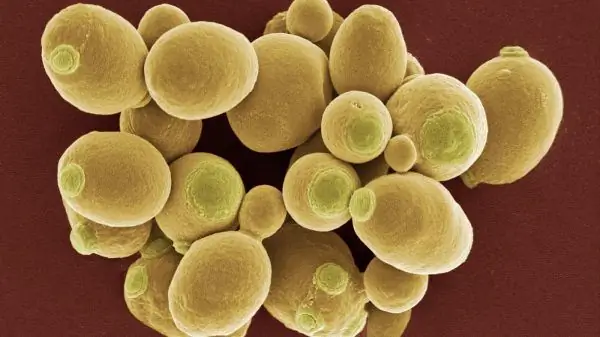
Yeast is a living fungus, in the soil they breathe, feed
Dying, the yeast itself turns into organic matter. All living things consist of protein, in yeast it is up to 66%, the rest is water, B vitamins, phosphorus, potassium, boron, magnesium, etc.
What the seedlings end up with:
- A large portion of nitrogen for active growth of the aerial part. Under normal conditions, organics are gradually processed by bacteria into elements available to plants, mostly nitrogen. If you feed with yeast, the decomposition process is accelerated several times, because there are more “workers” in the ground, which means that they will release much more nitrogen.
- Potassium and phosphorus for root growth and some carbon dioxide for photosynthesis. Yeast gives off carbon dioxide. In part, it comes to the surface and is consumed by the leaves of seedlings for photosynthesis, and this is also food. But part of the carbon dioxide remains in the ground, combines with water, forming carbon dioxide. That, in turn, decomposes into charged particles - ions (Н2СO3 = Н + НСO3). They are absorbed by solid lumps of soil, begin to interact there with other ions, release potassium, phosphorus, manganese, etc. These elements are pushed into the soil moisture, dissolve and are absorbed by the roots.
- Wellness effect. Yeast produces alcohols, creating unbearable conditions for other microorganisms living in the soil. The numerical advantage of “new settlers” leads to the death of local inhabitants, including pathogenic fungi: root rot, black leg, etc.
- Another portion of nitrogen and carbon dioxide. The protein that makes up yeast, after their death, breaks down into amino acids, and those into even simpler elements: nitrogen, water and carbon dioxide.
- Stimulants. Vitamins of group B and trace elements that make up yeast accelerate metabolism, increase the immunity of seedlings. Plants tolerate transplanting better, low light on the window, thickening of plantings, and get sick less.
Video: about the benefits of yeast
Cons of yeast feeding:
- There is no clear formula: how many and what elements the plants will receive. There is a spontaneous stimulation of processes in the soil by a means not intended for this. All dosages are invented by the people, they are approximate.
- The soil is becoming impoverished. There is a small amount of soil in the pot, there is even less organic matter. For one feeding, yeast can destroy all its reserves, in a week the plants will begin to starve.
- Harmful substances enter the soil. In the process of life, yeast, although in small quantities, secrete acetoin, butyric aldehyde, fusel oils, etc.
Feeding rules
Everything that yeast gives: nitrogen, phosphorus, potassium, vitamins, microelements, is in complex fertilizers and stimulants designed specifically for plants. Fitosporin is a good source of live bacteria. But if you are firmly decided that yeast is healthier and safer, then follow the rules for its introduction:
- Yeast feeding of seedlings is done only once! It is applied immediately after the pick to reduce transplant stress and to stimulate early rooting. When growing without picking, feed plants that are stunted, elongated, weakened.
- There should be a sufficient amount of humus or compost in the soil, otherwise the yeast will have nothing to process, you will not see the effect. Sow seeds and dive seedlings into fertile soil rich in humus or compost.
- Soil temperature during and after top dressing should not be lower than +20 ° C. The most favorable temperature conditions for yeast: + 25 … +28 ° C.
- Before adding, be sure to water the seedlings, because all processes will take place in water.
- 5-7 days after the yeast feeding, apply a complex fertilizer for seedlings (Agricola, Clean sheet, etc.). It will replenish the spent supply of macro- and microelements. If you are against mineral fertilizers, then pour humus, compost into the cups, add wood ash, pour nettle infusion.
Gardeners have invented, used in practice and recommend many different recipes: from dry and pressed yeast, with and without preliminary fermentation. Choose one that is acceptable to you.
Recipes, methods of preparation, dosages (table)
| Top dressing | Ingredients | How to cook | In what ratio to dilute with water | Application dosage for seedlings |
| From dry yeast | a bag of dry yeast (about 10 g), 2 tbsp. l. sugar, 3 l of water | dissolve sugar and yeast in water, leave for 24 hours in a warm place under a loose lid | 1 in 5 | as with normal watering, so that the solution reaches the very tips of the roots at the depth of the pot |
| From pressed yeast without infusion | 1 kg raw yeast, 10 l water | Dissolve yeast in warm water, do not insist, use immediately | 0.5 l solution per 10 l water | |
| From pressed yeast with infusion | 100 g raw yeast, 10 l water | dilute yeast in water, leave for 24 hours | no need to breed | |
| With ascorbic acid | a bag of dry yeast (8-11 g), 5 tablets of ascorbic acid, 5 liters of water, a handful of earth | Dissolve all ingredients in water, leave for 24 hours | 1 in 10 |
You can feed any vegetables with yeast, but the reaction will be different. For example, slow-witted peppers and eggplants will not give powerful growth the next day, only after a week you will notice that the leaves have become larger and the stems are taller. But the seedlings of cucumbers and tomatoes can well add in growth in a day.
Video: feeding with yeast seedlings of peppers
I watered with yeast, but not seedlings, but cucumbers in the garden. Most of all I remembered the unusual action - to fertilize the garden with yeast. I didn't notice the effect, or rather, it was the same as after the usual watering, loosening or feeding with Biohumus. Cucumbers, in general, grow without yeast, like yeast, if you take care of them. It didn't get any worse from one go.
Reviews of yeast feeding
Yeast is not a fertilizer! Although, dying, they turn into organic matter, but its share is microscopic. The main role of yeast in the soil is to stimulate various processes: decomposition of organic matter to nitrogen, release of potassium, phosphorus and other elements, suppression of pathogenic fungi.
Recommended:
How To Make Yogurt At Home - Recipes For Making Drinking, Greek And Other Options From Milk (including Goat Milk), In And Without A Yogurt Maker, Video And Reviews
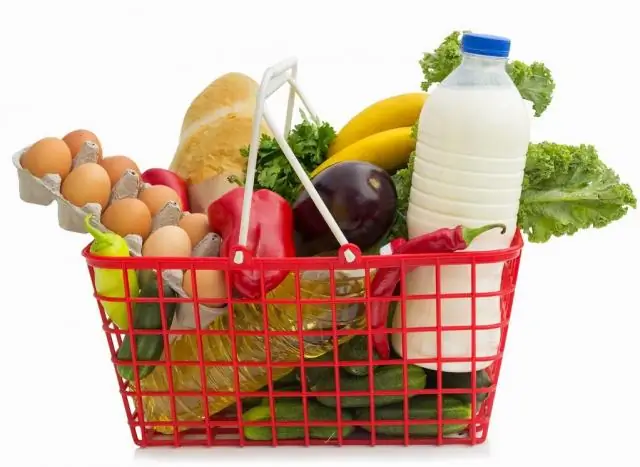
Properties and types of yoghurts. How to choose products. Homemade recipes in a yogurt maker and without
Feeding Tomatoes And Cucumbers With Yeast: Effective Recipes And Reviews
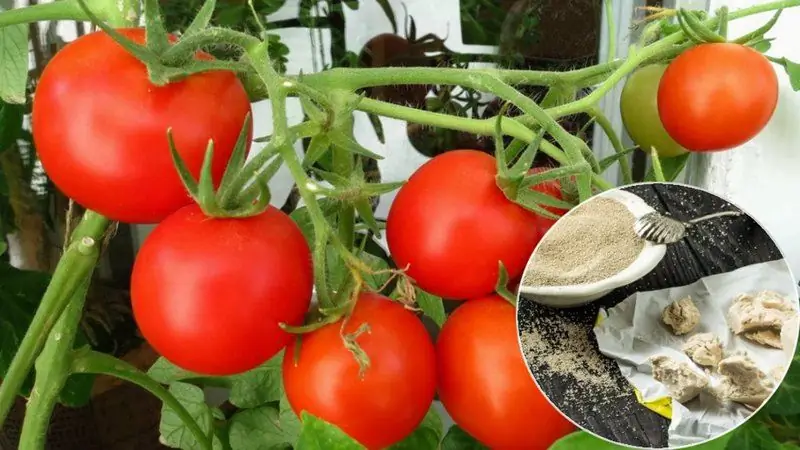
The use of yeast for garden crops, the need for feeding. Fertilization scheme, dosage, recipes for dressings for cucumbers and tomatoes. Gardeners reviews
Feeding Pepper With Yeast: How To Feed Correctly, Reviews
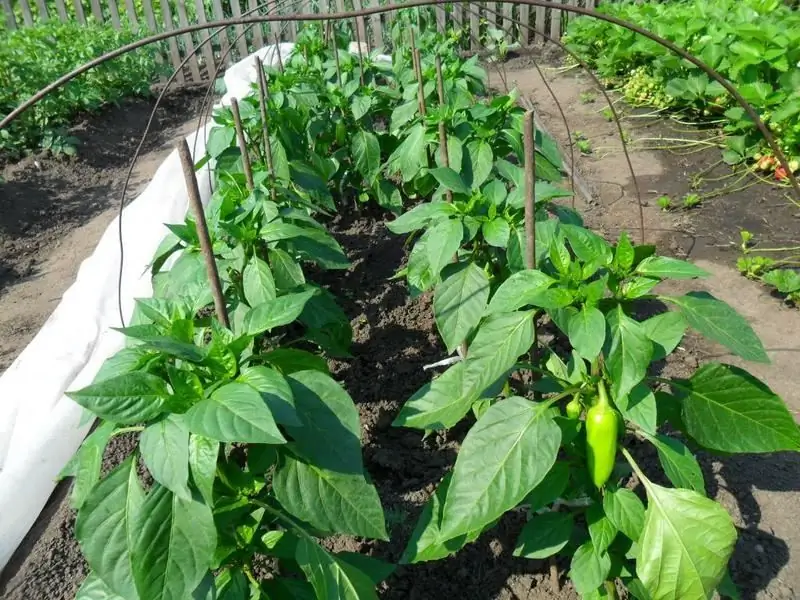
Why do pepper bushes need yeast? How to prepare top dressing, how and when to use
Yeast Dough For Pies In The Oven: Delicious Recipes At Home
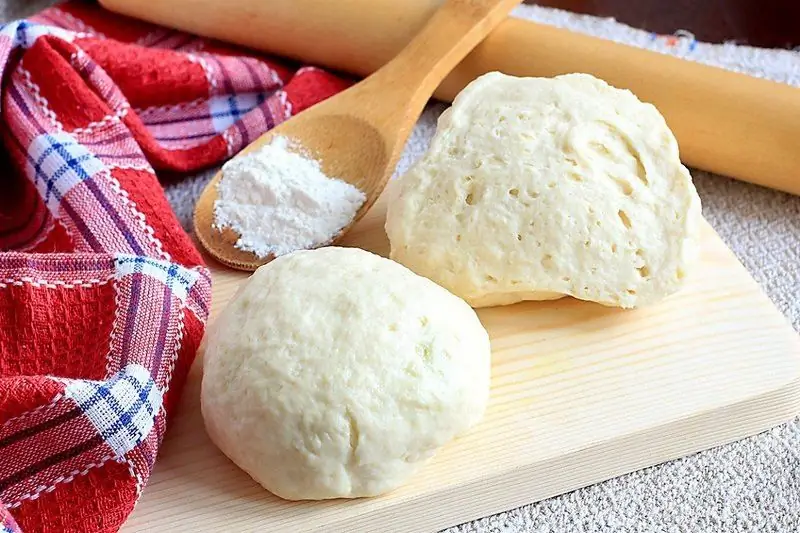
How to make yeast dough for baked pies: recipes for the sponge and bezoparny method
Kvass Without Yeast At Home: Step By Step Recipes With Photos And Videos
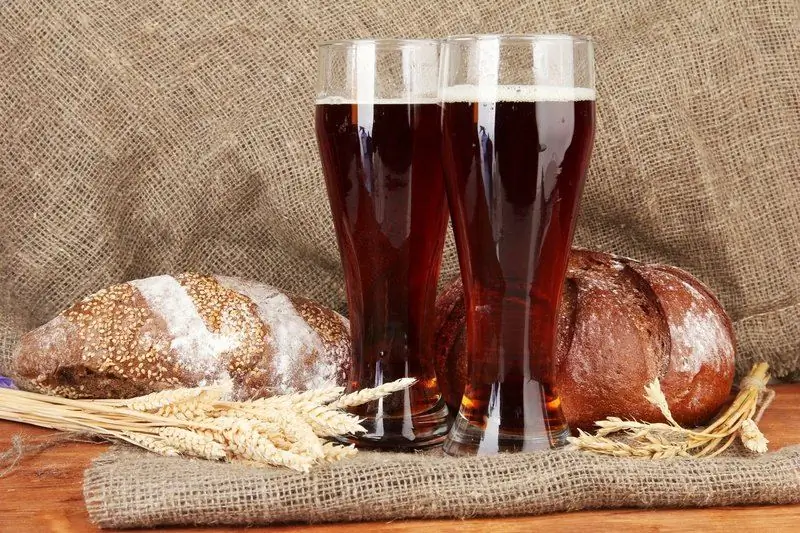
How to make kvass without yeast at home: step by step recipes with photos and videos
